Here a solution without polygonization: (it's not elegant, but it works). However you have to reclassify your holes/island into values (i.e. 999) and all other non island to NA. Like this:
x <- raster(x=matrix(rep(NA,36), nrow=6), xmn=-1000, xmx=1000, ymn=-100, ymx=900)
x[c(8, 15, 16, 17, 22, 25, 26, 30, 31)] <- 999
plot(x)

Now I use the clump() function to check if there are island and the cool thing about that function is, that it also returns IDs of these island:
#Get Islands with IDs
cl <- clump(x,directions=8)
plot(cl)

I then create a dataframe out of the frequencies of the islands (this is just to get the ID of each island)
freqCl <- as.data.frame(freq(cl))
#remove the (row) which corresponds to the NA values (this is important for the last step)
freqCl <- freqCl[-which(is.na(freqCl$value)),]
Check if any island touches a border:
#Check if the island touches any border and therefore isn't a "real island" (first and last column or row)
noIslandID <- c()
#First row
if(any(rownames(freqCl) %in% cl[1,])){
eliminate <- rownames(freqCl)[rownames(freqCl) %in% cl[1,]]
noIslandID <- append(noIslandID, eliminate)
}
#Last row
if(any(rownames(freqCl) %in% cl[nrow(cl),])){
eliminate <- rownames(freqCl)[rownames(freqCl) %in% cl[nrow(cl),]]
noIslandID <- append(noIslandID, eliminate)
}
#First col
if(any(rownames(freqCl) %in% cl[,1])){
eliminate <- rownames(freqCl)[rownames(freqCl) %in% cl[,1]]
noIslandID <- append(noIslandID, eliminate)
}
#Last col
if(any(rownames(freqCl) %in% cl[,ncol(cl)])){
eliminate <- rownames(freqCl)[rownames(freqCl) %in% cl[,ncol(cl)]]
noIslandID <- append(noIslandID, eliminate)
}
Eliminate those island which touch a border:
noIslandID <- unique(noIslandID)
IslandID <- setdiff(rownames(freqCl), noIslandID)
In a last step, assign a 1 to every "real island" from the inital raster:
for(i in 1:length(IslandID)) {
x[cl[]==as.numeric(IslandID[i])] <- 1
}
plot(x)




